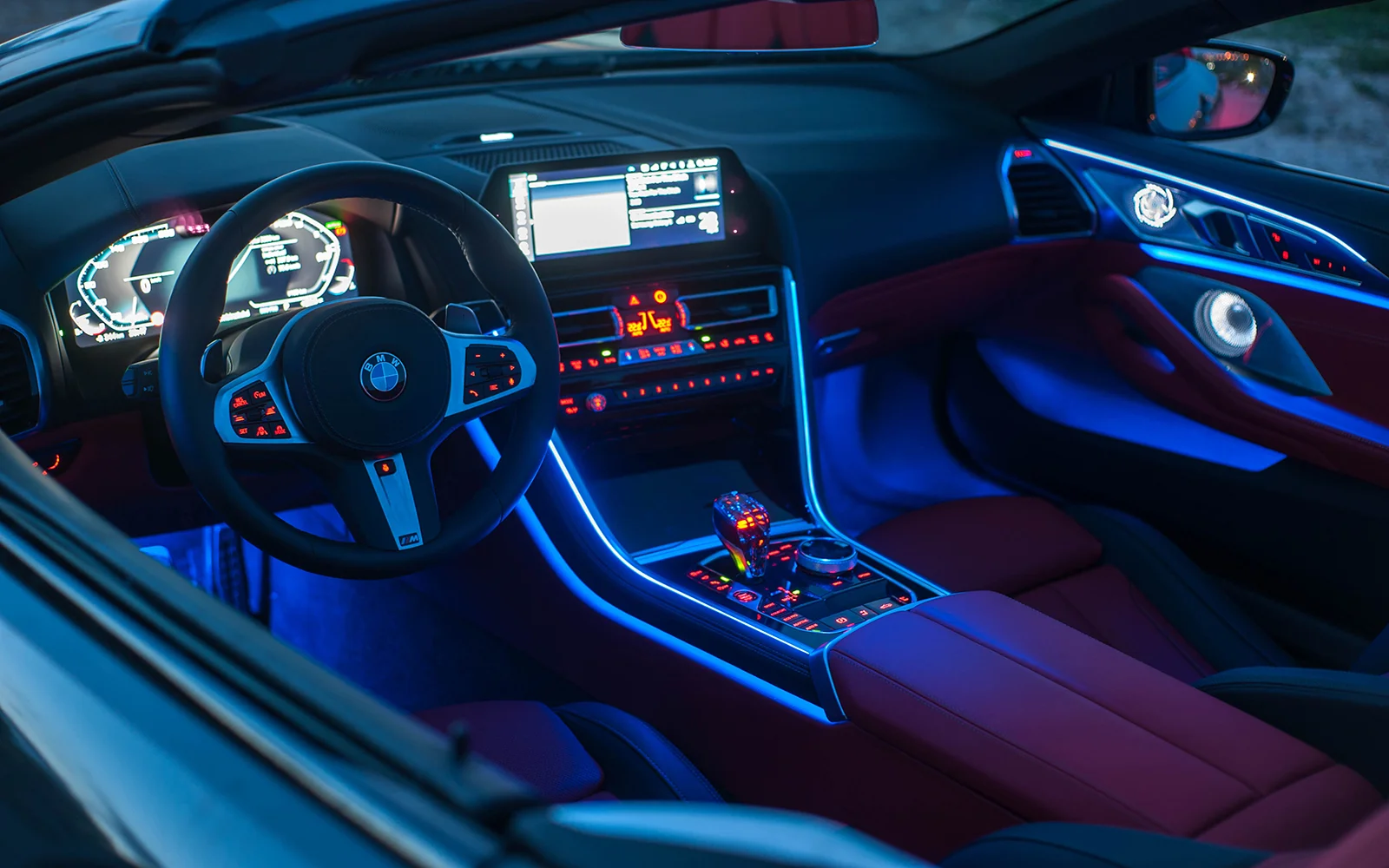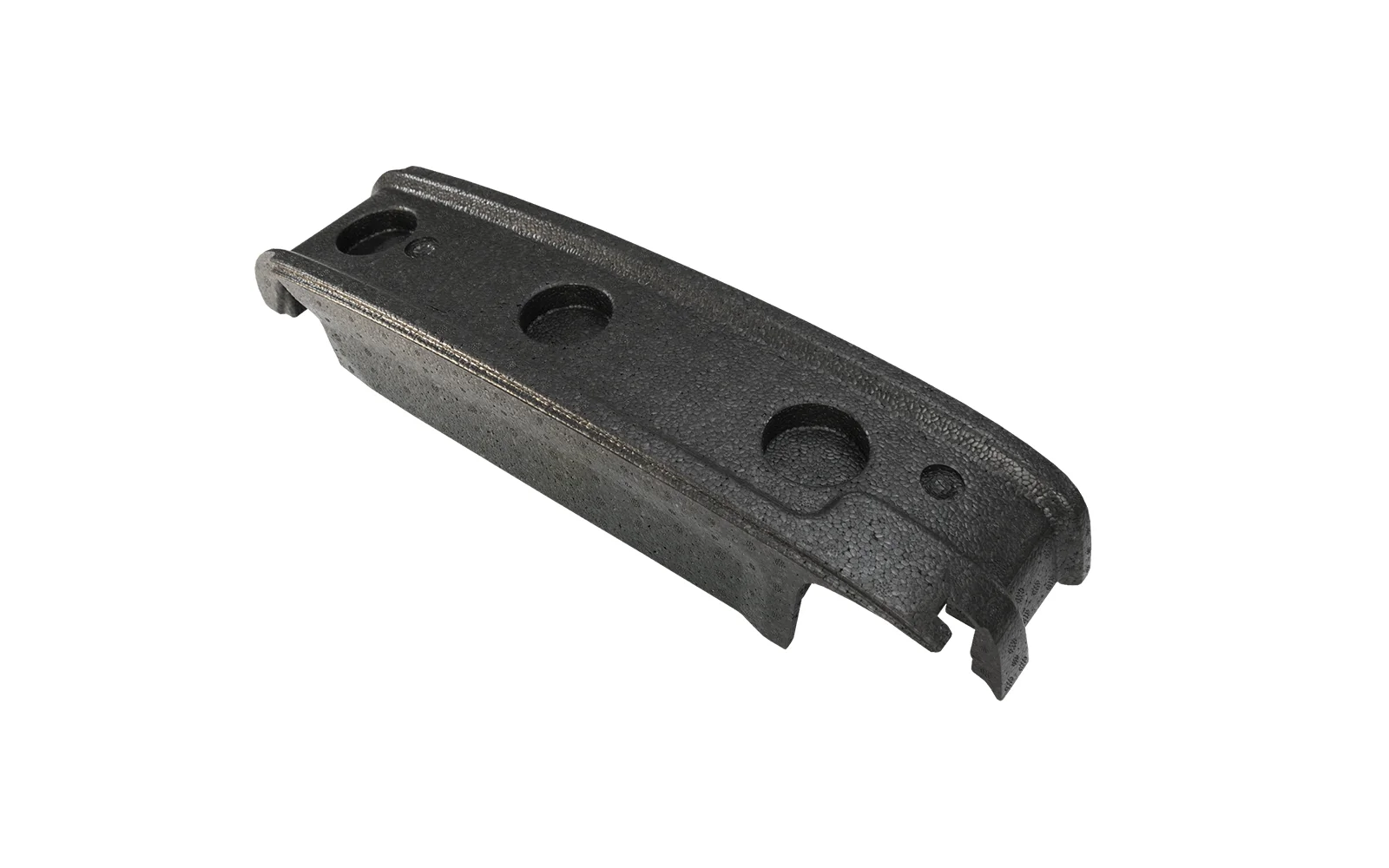It seems that much has been already said about ergonomic car interiors and the limits of possibilities have already been reached. However, the concepts of development of this limited space are still evolving with changes in the approach towards the use of vehicles. A great role in this process is played by modern plastics and especially by the light expanded polypropylene (EPP).

The idea of the ergonomics as a science was created in the 60-ties and at that time it concerned organization of a workplace so as to increase productivity of workers with no need to introduce automation. When traveling by car ceased to be done for pleasure only and vehicles became the means of transport to work or even work tools, the ergonomics entered the field of motorization as well.
Car manufacturers started to focus on development of such car interior concepts, which would be comfortable enough to prevent causing weariness of a driver, in compliance with the maxim “a rested worker is a good worker”. In German even a word “Fahrerarbeitsplatz” appeared, which means “a workplace for a driver”. Among the three most important aspects, which are considered to be the key aspects in the context of safety and comfort of travelling by car, you can list elements of a dashboard, shape and adjustment mechanisms of car seats as well as a noise level.
Ergonomic elements of a dashboard

At first attention was drawn on the organization of the dashboard. Getting into a car a driver should always know where to find the particular functions and colors of the controls or even thickness of the graduation scale lines cannot distract him while driving. In this case the main objective is to obtain a feeling of safety and complete control over the vehicle. The systems that can be found in cars nowadays, shapes and dimensions of displays, knobs and push buttons are not accidental, but they result from multi-stage studies and consumer’s tests.
In order to develop such an ideal prototype of a dashboard during development of the A-class Mercedes, tests were performed depending on positioning a driver in a real size car dummy, in which he followed orders of the computer when his behavior was recorded. Nowadays all the concerns perform similar tests on customers before they implement the consecutive changes. However, looking at the cars of today and comparing them with the ones made even in the 50-ties, you can say that only details were modified – right in front the driver’s eyes there is still a round steering wheel and meters, which have currently taken the form of a digital display.
Further changes go in the direction of more displays, even though the tests performed by Toyota have demonstrated that a larger feeling of safety and confidence is given to a user not by touching a screen with active icons, but by traditional “touchable” pushbuttons. One can state that the „peak of the ergonomics” has been reached in this filed and perhaps it will be hard to make drivers used to completely new solutions as foreseen in electric cars or in autonomous vehicles.
There are even disputes whether in the autonomous vehicles the traditional steering wheels should be left, possibly with an option of putting them away. The large field for designing innovative solutions of the dashboard is offered by modern injected molded plastics commonly used in cars. This technology allows for obtaining high precision shapes of cockpit elements, such as steering wheel columns, ventilation inlets, convenient glove compartments or center consoles.
See also: Individual car configuration – a trend of tomorrow
How to design a comfortable car seat?

Nowadays a car gradually stops being just means of transport and work environment, but it tends to become as comfortable as a living place. As a target, a user is supposed not to feel any difference leaving home and getting into a car. In the future, apart from ordinary seats, there should appear e.g. comfortable coaches or tables inside of cars, which would enable holding a business meeting. In order to fulfil this assumption, the car interiors should adapt to the user and not the other way round.
Still in this context an unsolved issue seems to be the car seats, for it is not easy to create a seat, which would be universal enough to adjust to users with different body constitution or individual comfort appreciation. Traditional seat adjustment systems are not always sufficient to be able to feel in the car at home in one’s own armchair. Therefore, the car manufacturers are still working on new solutions. The examples of such innovations can be setting a seat in 50 positions in Ford Continental or seats with a massage function in luxurious Audi A8 models.
On the other hand too complicated mechanisms may weigh too much and even now the traditional seats constitute about. 6% of a car weight. An attractive material solution in this context is offered by the EPP, as it gives large designing flexibility for various kinds of seats featuring small weight including light back row coaches strengthened with metal elements. Selection of relevant density of the raw material enables manufacturing from it of soft and durable filling of car seat headrests or seat backrest supports of small weight and large deformation resistance.
Effective car interior sound proofing
The last but not least area, at which the automotive branch manufacturers are working hard is limiting of noise level as well as obtaining a comfortable temperature level in car interiors. Here the designers had to deal with a compromise, because the best silencing materials were heavy and expensive. Due to this reason well sound-proof interiors could not be found in economy city models of European cars, but in Premium series models only.
Also, in this respect the foamed polypropylene may turn out to be an attractive alternative for traditional silencing materials. Elements of flooring, trunk interior or headlining can feature not only very good acoustic properties but can also effectively reduce vibrations. Its application can possibly improve standards of cockpit sound-proofing also in popular city cars. Due to its good thermal insulation properties the EPP allows additionally to maintain stable temperature inside of cars, which may turn out especially valuable in electric vehicles. It will allow to diminish expense of energy necessary to heat them up thus increasing the range of this kind of cars.